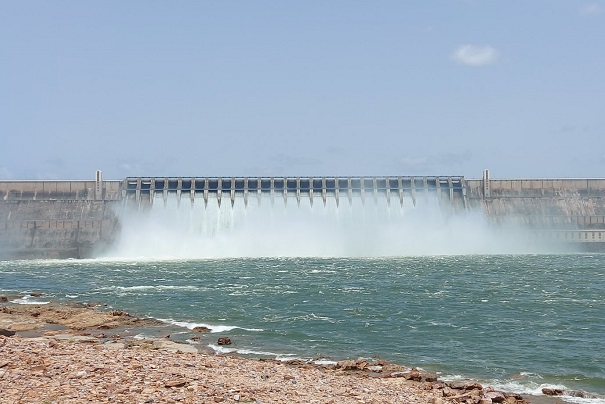Snapshot
India plans to build a giant dam on the river Brahmaputra in Arunachal Pradesh.
The proposed dam estimated to cost Rs 50,000 crore would help in ensuring water security and mitigating floods amid China’s move to dam the river in Tibet.
The union government plans to build India’s second-largest dam on River Brahmaputra at Yingkiong in Arunachal Pradesh.
The proposed reservoir would store around 10 billion cubic metres (BCM) of water and will be built at around Rs 50,000 crore.
India plans to take up this massive project to counter Chinese plans to construct huge dams on River Brahmaputra (Yarlung Tsangpo in China).
River Brahmaputra flows for 918 km in India out of its total length of 2,880 km.
Though 75 per cent of the water that flows in River Brahmaputra comes from catchment areas in India, the major part of the water in the non-monsoon season is received from snowmelt in Tibet.
China’s move to store or divert the river water in Brahmaputra may challenge the water security of India’s North-East region and Bangladesh.
Thus, besides hydropower generation, dam building at Yingkiong in Arunachal Pradesh is expected to bolster water security as water can be stored in the rainy season and released at times of need.
Also, the government estimates that dam construction in the upper reaches of Arunachal would mitigate the effects of floods and China’s capability to induce it.
“We have planned a project for its (China’s dam building plans) mitigation in Yingkiong for constructing a dam in the upper reaches of Arunachal Pradesh. And probably that is going to be one of India’s largest dams. We will hold water in that and will release it in the lean season when there is no rainfall to provide us (water) security,” Jal Shakti minister Gajendra Singh Shekhawat told Mint.
“Dams don’t only serve the irrigation purpose or to generate electricity; they also act as a mitigation cushion to prevent floods. Say, if ever from the upper reaches, there is water release, even then we will have a cushion to control release that water,” Shekhawat added.
“Brahmaputra river has a huge quantum of 500 BCM (billion cubic metres) of water flowing into it. Of this, more than 75 per cent comes from our catchment area. That’s the reason why we are not affected by it a lot. But in the non-monsoon season, when the river gets water from snowmelt, we don’t have water in our catchment area. So if they construct a dam and divert water in the non-monsoon seasons, then it will have an impact from Arunachal Pradesh to Bangladesh. Earlier they (China) had said they were not doing anything. Later they said that they are constructing run-of-the-river hydroelectric projects. And now there is evidence that perhaps they can also work on water transfer,” Shekhawat said.


